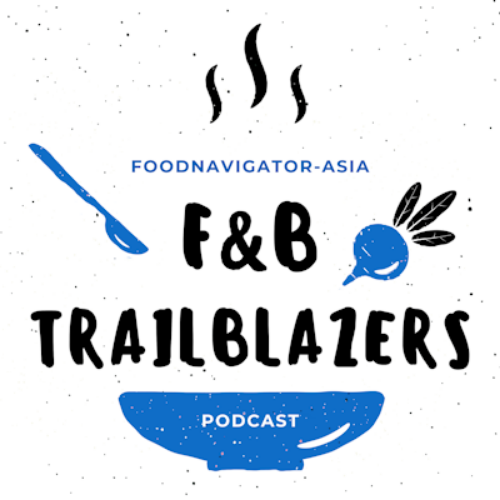MENA packaging market to grow to $52.4bn by 2019

The figure represents a higher growth rate than the global packaging market, which is forecast to grow over 4% during the same period.
Higher economic activity
Vlad Savinov, market analyst, Smithers Pira, told FoodProductionDaily, demand is being driven by higher economic activity and rising incomes, urbanisation, a relatively young and growing population and the further development of retail infrastructure in several MENA countries.
“Libya is a relatively under-developed packaging market, but is predicted to grow packaging consumption at the highest rate, provided the current civil unrest in the country does not persist for a prolonged period of time,” he said.
“Qatar, Morocco, Saudi Arabia and the UAE are forecast to grow at a rate faster than the market average. The relatively more developed packaging markets of Israel, Kuwait and Turkey are expected to grow packaging sales at rates lower than the regional market average.
“Other Middle Eastern countries are likely to be restrained by further declines in Iran and Syria packaging consumption as a result of the ongoing civil unrest in these countries.
Rigid plastics
In its report ‘The Future of Packaging in the Middle East and North Africa to 2019’, rigid plastics form the largest packaging product group accounting for a projected market value share of 28.2% for 2014.
Board packaging is the second most important category with 25.6% of consumption, followed by flexible plastics with a 12.9% share.
Plastic packaging is gradually replacing glass bottles, metal cans and paper and board packaging because of its lighter weight, cost saving potential and greater design flexibility.
“Rigid plastic packaging market growth will be higher than the overall market average rate as rigid plastics benefit from further replacement of traditional packaging materials such as paperboard, metal and glass containers,” added Savinov.
“The demand for plastic bottles and jars is being driven by technological advances in hot fill and barrier systems. Rigid plastic packaging as a whole will benefit from the growing popularity of single serving packaging, such as plastic bottles, plastic cups and plastic containers in a wider range of applications.
“Board packaging market growth will be lower than the overall market average rate as board pack formats are challenged by alternative pack types such as rigid and flexible plastics. Nevertheless, major carton manufacturers continue to develop innovative and value-added products combined with sound environmental characteristics.
“Product developments for board packaging include retail-ready packaging, senior-friendly opening and closing features, anti-counterfeiting and security packaging, and functional, barrier coatings and graphic design features.”
Plastic packaging
Savinov said plastic packaging has been one of the fastest-growing sectors of the packaging market over the last decade because it provides opportunities for material reduction and cost savings and lower package weight.
It has developed over the years from simple wrapping and bags to sophisticated, multi-layer and multi-substrate products offering barrier protection and shelf-life extension.
The report found Middle Eastern countries account for a projected share of almost three-quarters of total packaging sales in the MENA region in 2014. Middle Eastern countries grew packaging sales during the five-year period to 2014 at a CAGR of 6.3% with North Africa growing at a CAGR of 6.9%.
Food represents the largest end use sector for packaging products accounting for a projected 33.8% market value share in 2014. Industrial/bulk is the second largest sector with 26.4%, followed by beverage markets with 25.2%. Food and drink packaging sales are predicted to grow their market share further over the forecast period with industrial/bulk also growing steadily.
“Packaging demand in the MENA region is benefiting from the development of a retail infrastructure and growing penetration of pre-packed foods with their focus shelf-life extension and added convenience,” said Savinov.
“Food and drink retailing in the developing countries of the Middle East and North Africa have traditionally been dominated by small artisan, local and independent artisan stores, largely offering unpacked food. Domestic supermarkets/hypermarkets are spreading in many of the major cities in MENA countries and are now taking a growing share of food and drink consumption.
“International retail chains are also expanding their presence in these markets, which will further expand packaging demand in these countries, bringing more consumers into contact with Western shopping patterns.
“Supermarkets/hypermarkets are predicted to become favoured by consumers with rising disposable income due to their wide product ranges and diverse choice of brands, usually unavailable in the other types of outlets.”
Food Outbreak Forum
Join us for our free online discussion the Food Outbreak Forum on September 24. The program starts at 9:30am New York time, 3.30pm in Paris, and will answer the question: What’s the best way to minimize risk of exposure from foodborne illness outbreaks?
This exclusive forum brings together speakers from the US Food and Drug Administration, University of Wisconsin-River Falls, SAFE Consortium and the European Food Safety Authority. Click here to register and find out more.











